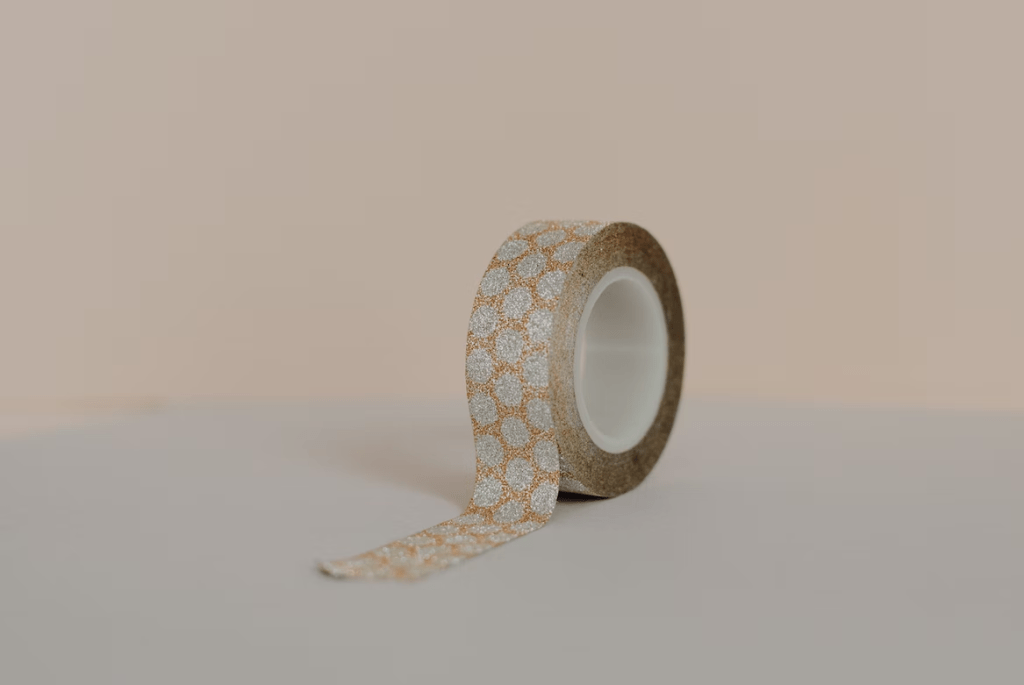Tapes are used for various purposes, including sealing packages, storing documents, and preserving essential items. Knowing which adhesive is appropriate for a given job can be challenging since many types are available. This article will provide an overview of different kinds of business tapes and discuss best practices for their use. Next, it will explain how to use them properly since each type of tape offers distinct advantages, so deciding which option is most suitable for your needs is vital.

Masking Tape
This adhesive tape is mainly used to mask off areas to prevent paint from touching them. It’s also used to hold lightweight objects together or to keep surfaces from moving. Masking tape is designed to be easy to remove without leaving any residue. There are also cloth-backed tapes available. There are also a variety of colors, widths, and materials available for different jobs. However, it has plenty of uses outside of painting. In fact, custom printed masking tape has a range of uses ranging from organizing itineraries and sealing packages to creating warning labels. In order to properly use masking tape, make sure to press it down firmly onto the surface and remove it within 24 hours of application; otherwise, it may leave a residue.
Duct Tape
Ah, yes, the humble duct tape. Most often found in large quantities buried in every contractor’s toolbox, it has plenty of uses and is used for most of them! Thanks to its versatility and strength, it is one of the most adaptable and reliable adhesive tapes available. Its waterproof backing and strong adhesive make it ideal for repairing leaks, patching, crafts, and even hanging items on walls. Duct tape is available in a variety of colors and prints to suit any project. Using duct tape is also relatively inexpensive, making it a good option for budget-friendly projects. When applying the tape, ensure sufficient pressure and use a ruler or straight edge to provide an even and smooth surface.
Electrical Tape
For any business dealing with electrical wiring, electrical tape is a must-have. It is designed to insulate and protect electrical connections from moisture and corrosion. It comes in a variety of colors, widths, and lengths, making it suitable for any type of application, electrical or otherwise. The rubber-based material makes electrical tape an excellent choice for hazardous areas, as it can withstand heat (to a certain degree), oil, and abrasion. Ensure you wrap the electrical tape tightly around the connections and overlap each layer by at least half when using electrical tape. Electrical tape can last years and protect against hazardous environments when appropriately applied. Be sure to avoid any gaps that allow moisture to enter and increase the risk of short-circuiting.

Barricade Tape
A barricade tape, also called caution tape, hazard tape, or safety tape is commonly used to mark hazardous areas or create physical barriers. Despite its application, barricade tape is available in various colors and prints. Most commonly, it’s used to secure a space, such as a construction site, or to warn people about dangerous conditions, such as a crime scene *as you might have seen in crime dramas and movies). If barricade tape is to be used correctly, it must be tied or staked securely to ensure its safety and visibility. Additionally, it should be stretched tightly to ensure it is not loose and clearly visible.
How To Use The Various Tapes Correctly
Once you know what options are available, you must know how to use them effectively. So let’s take a look at six ways to get the best deal possible.
- Make Sure Surfaces Are Properly Cleaned Before Applying Tape
The adhesive on the tape is what sticks to the surface. The more it is exposed to air, the more likely it will dry out and not work as well, leading to a sticky residue left behind that may be difficult to remove. Before applying any type of tape, it is crucial to clean the area first. Use a lint-free cloth and a solvent, like denatured alcohol or acetone, for the best results.
- Choosing The Right Tape For The Job Can Make All The Difference
The type of materials you will be taping, and the purpose for which they will be taped should be considered when choosing a tape for a specific application. If you want a temporary hold, for instance, you should use tape with a low tack adhesive, such as painter’s tape. In order to ensure a permanent grip, you should use tape with a high-tack glue, like packaging tape. Also, you should use a suitable tape dispenser. It is best to use a handheld dispenser for light-duty tasks, while a tabletop dispenser is better suited to heavier-duty tasks. Choosing the correct tape width and length will ensure you get the job done correctly. If you choose the wrong tape, you may use too much, increasing wastage and costs.

- Make Sure The Tape Is Cut To The Right Length
When cutting tape, it is essential to ensure you are cutting it to the correct length. Using too much tape will make it difficult to use, and using too little will not be strong enough to hold the items you are taping together. To avoid this:
- Measure twice, then cut once.
- If you are using a tape dispenser, ensure you understand the tool’s measurements and use the correct length.
- If you are cutting the tape by hand, use a ruler or measuring tape to measure out the right length, then use scissors to cut the tape.
- Remove Any Air Bubbles
After carefully applying the tape to the surface, one of the most important steps is to remove any air bubbles that may have formed. This can be done with a squeegee to push air bubbles and other imperfections from underneath the tape.
- Ensure A Better Seal By Using Any Relevant Equipment
Some tapes require special applicators to ensure a tight seal. Some adhesive tapes include the tool, while you might have to buy others like a small roller.
- Tape The Edges Securely
The last step in adequately using different tapes is to seal the edges securely. In order to do this, press down firmly along the edges of the tape with your fingertips or use a tape roller, as mentioned previously. This helps ensure that the tape is firmly adhered to the surface and creates an airtight seal.
Adhesive tape can make a workspace more efficient and organized when appropriately used. Luckily, there are plenty of options to select from, ensuring you get the right one for the right job.




Recent Comments